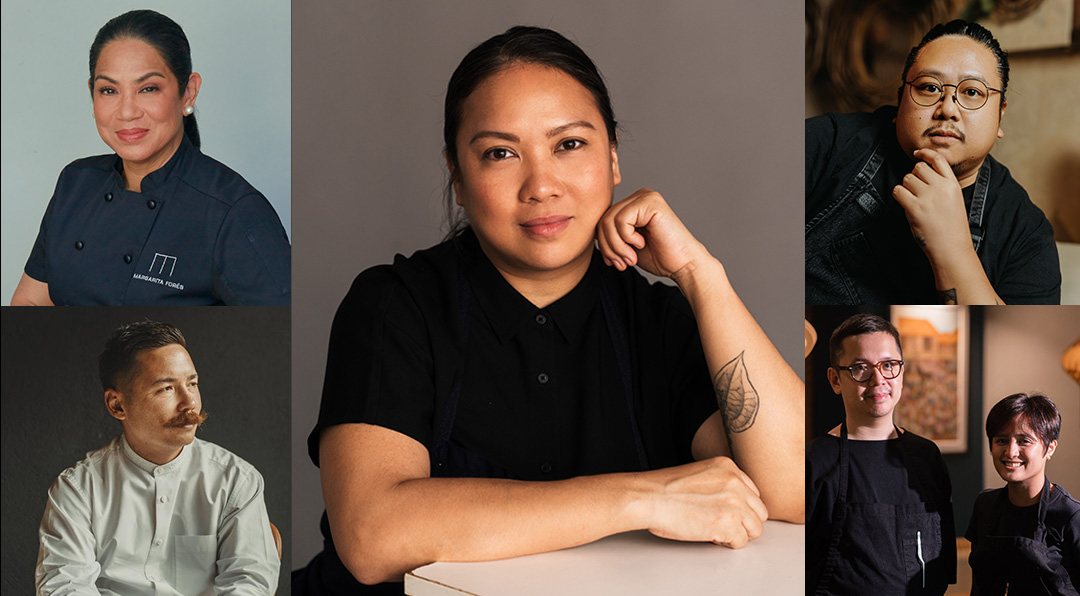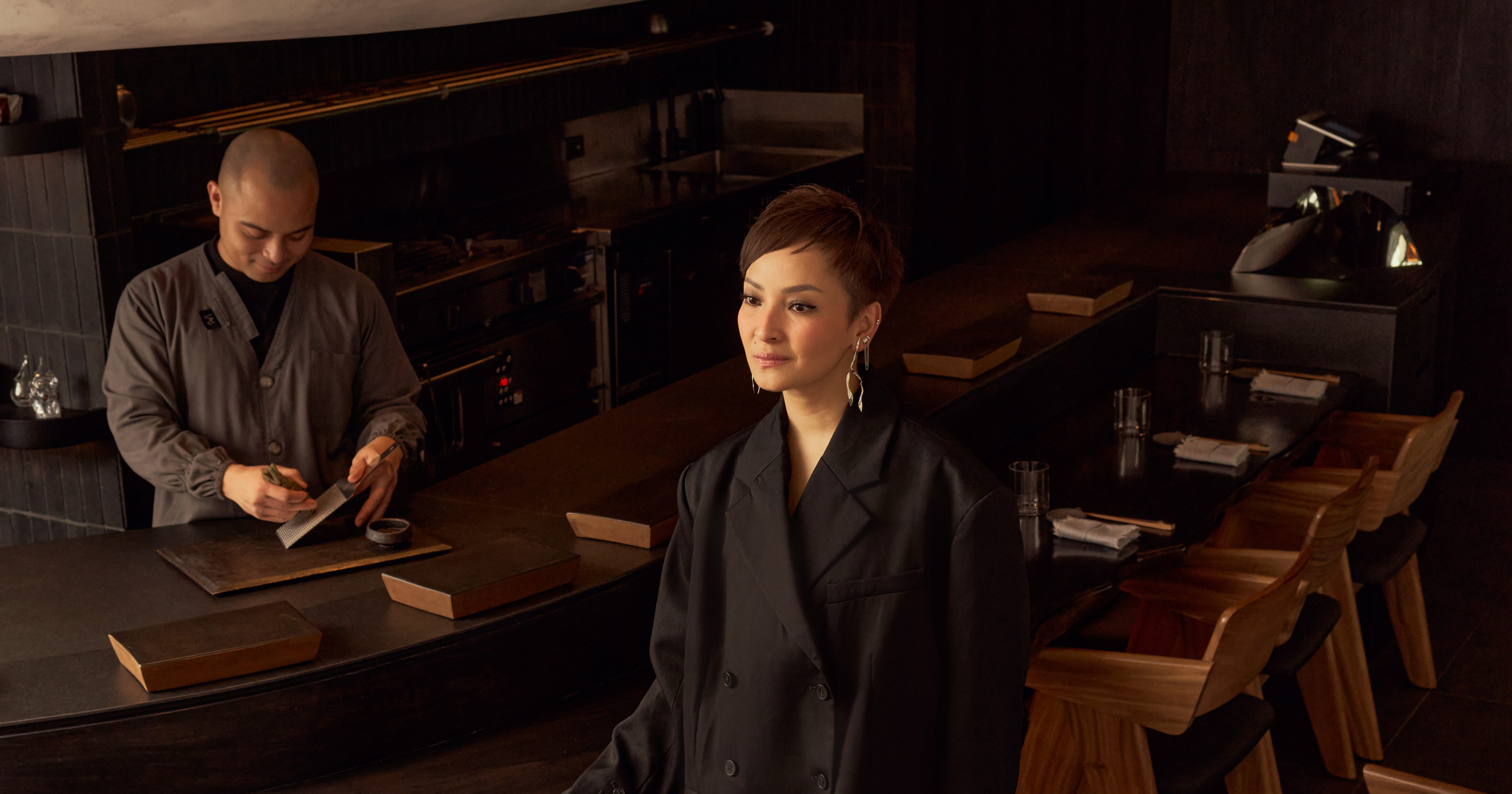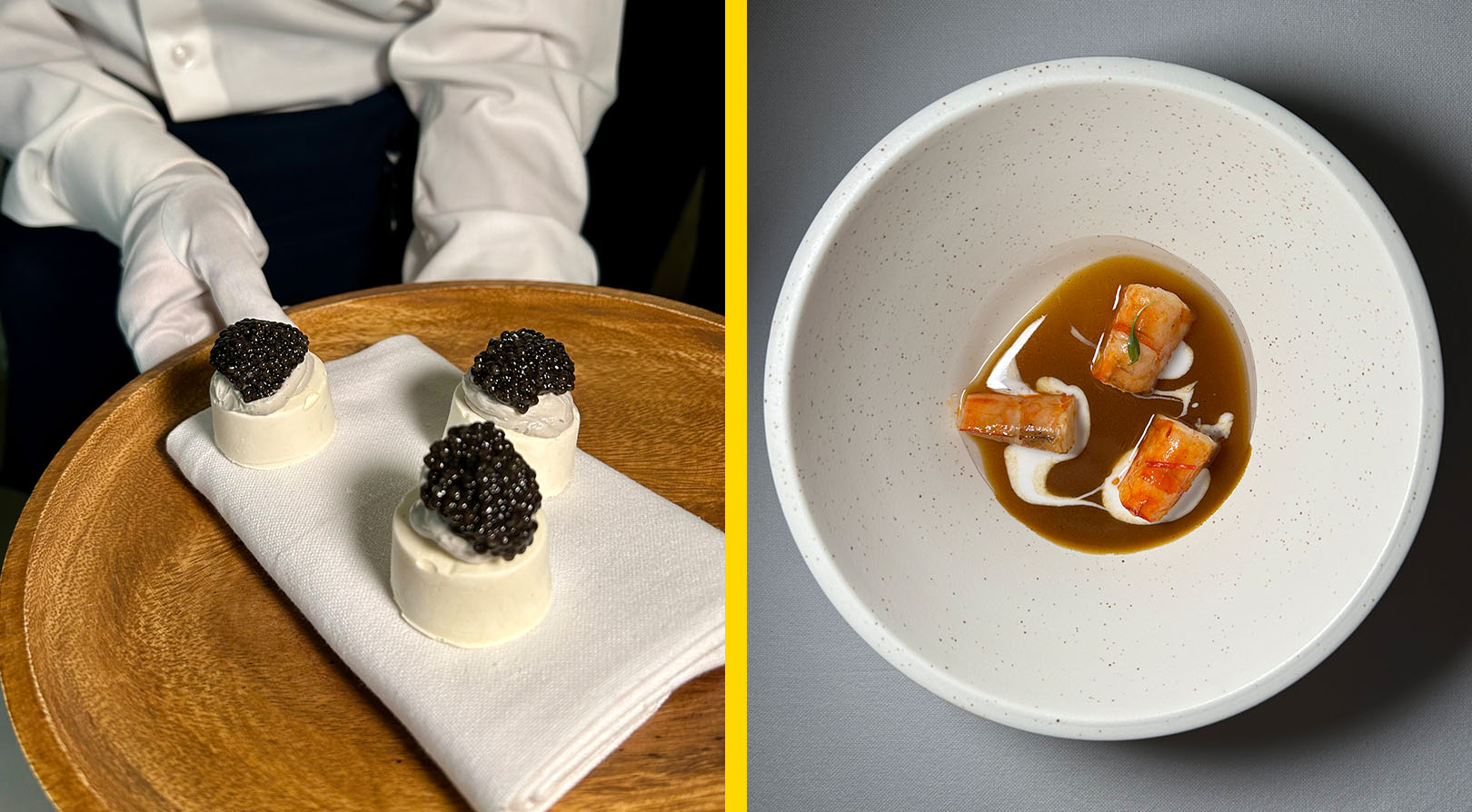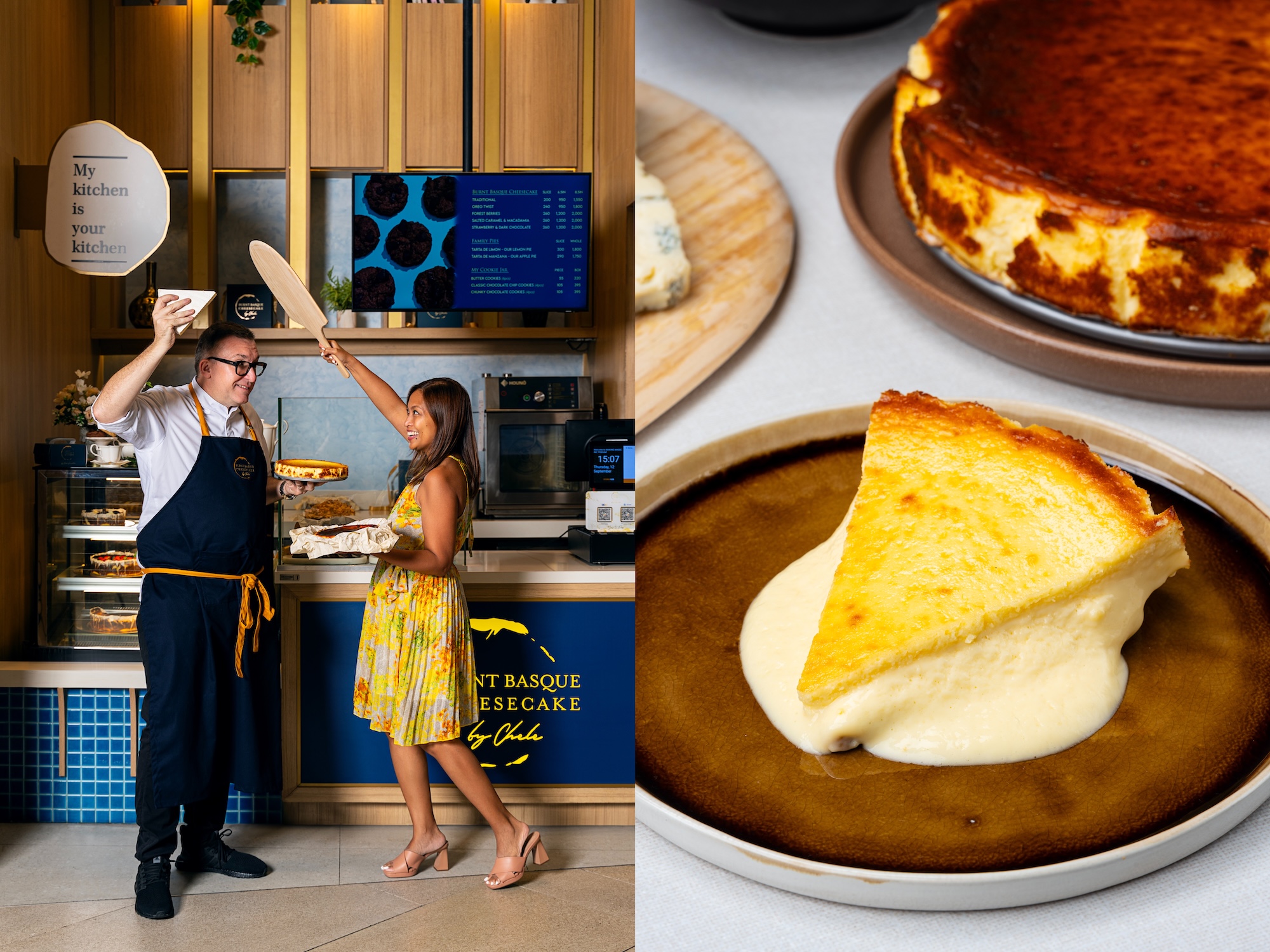In 1521, Manila and Mexico engaged in an exclusive exchange of goods best known as The Manila Galleon Trade. Though the Philippines at the time was under Spanish rule via Mexico, Manila was already, quite notably, a commercial center in Asia, having traded with China, Borneo, and the Moluccas.
Two or more ships bearing hundreds of thousands’ worth of goods would annually set sail from Manila to Acapulco and vice versa for a period of six to nine months. This made the galleon trade a major source of revenue for the Spanish Empire as well as an important source of income for the Philippines. Part of the bounty the galleon trade transports were Seville oranges, a citrus native to Southeast Asia.
Seville oranges or bitter oranges are used in the production of marmalade and as a solvent for essential oils. This thick-skinned and fragrant fruit was introduced in Seville, Spain and was eventually brought back to Southeast Asia, specifically to the Philippines. This “golden apple” is the most recent inspiration for the limited edition premium rum of Don Papa Rum’s Sevillana Cask Finish.
https://www.instagram.com/p/B3bsY8bHfT1/
Where’s the rum?
Don Papa Rum founder Stephen Carroll was struck by the abundance of sugar cane at the foot of Mt. Kanlaon in Negros. “Where’s the rum? Why isn’t there any premium rum in the Philippines?” he asked himself. So he decided to establish Don Papa Rum, whose name is a tribute to Dionisio Maguales, otherwise known as Papa Isio, a local hero in Negros who led the anti-colonial uprising against the Spaniards.
Since its launch in 2012, Don Papa Rum has already gained a foothold in 26 countries, representing the Philippines as it continuously branches out into the world. Its growing portfolio of variants include the original Don Papa seven-year-old, Don Papa 10, Rare Cask, Sherry Cask, and Masskara.
https://www.instagram.com/p/BrSLNkkBwA7/
Sevillana, the latest rum expression, is a blend of five- and 15-year-old rums that are first aged in American ex-bourbon barrels for several years and then for another three years in two different types of Spanish casks: Olosoro Sherry casks and Andalusian Vino De Naranja (orange wine casks).
Don Papa Rum brand ambassador Lloyd Misagal explains that though Filipinos love oranges, Seville oranges are not the usual varieties Filipinos consume but these possess a fine aromatic element that work well with rum.

The company’s supply of barrels is only enough to produce a thousand liters and because it’s hard to source barrels for the Sevillana, they had to make this rum variant a limited edition and only available in select premium hotels, bars, restaurants, and Duty Free stores.
What goes best with rum
La Rambla by Cataluña executive chef Ferran Tadeo crafted a modern, Spanish-inspired dinner menu to pair with the Sevillana during its unveiling, noting that the sweetness of the rum makes it easy to work with the food. Dishes such as ensaladilla rusa, pulpo gallego, and pigeon rice complemented the smoky, velvety, and tangy finish of the rum.

The churros caviar with sour cream and dill was Tadeo’s choice of food pairing with the Sevillana, with the rum cutting through the saltiness of the caviar while letting the sweetness of the churros linger. The La Rambla-style turbot was a specialty dish as its buttery sauce was infused with the flavors of the Sevillana itself.
“If you got a lot of acidity, go with something more heavy or with more fat. If you got sweetness, match it with something salty,” says Tadeo. Known for delivering brilliant flavors with a creative flair, Tadeo spent almost a decade working with Michelin-starred chefs Ferran and Albert Adria of El Bulli and Sergi Arola.

For Misagal, anything sweet and bitter will pair well with the Sevillana—pertaining to the Valencia naranja-filled chocolates of CMV Txokolat that was served during the end of the dinner launch.
“Txokolat is a lot of things. It’s my passion, country, and culture. We wanted the chocolates to be something that if you’re here you can relate, and if you’re not from here you can assimilate,” says head chocolatier Christian Valdes.
Txokolat opts for local flavors and ingredients in their chocolates. Unique variants like gin pomelo, minted calamansi, and santol are all part of Txokolat’s popular choices. Valdes’ favorite is the chamomile and juniper chocolate, comparing its taste to that of freshly baked cookies.
https://www.instagram.com/p/B2_Q-m4Hx7W/
With Sevillana’s robust and complex flavor, Txokolat wanted its dark chocolate to complement hints of vanilla and the smokiness found in the rum while also fusing the flavors of orange rind and fruit ganache.
Sevillana Cask Finish can also be be incorporated in cocktails. Misagal, a skillful mixologist himself, concocted cocktail pairings during the dinner launch such as the tangy, velvety, and refreshing Papa Harvey (a mix of Don Papa Rum, elder flower syrup, Galliano, fresh orange juice, and soda water) that pairs well with meats, and a stronger, bolder version of the classic Italian cocktail Filipino/Americano (made with Don Papa rum, Campari, Angostura bitters, and soda water), which serves as a great complement to desserts due to its subtle orange and vanilla flavor.

A sip of history
“In the coming years, you can expect a lot of flavor variations and play of barrels from Don Papa. Incorporating more local produce is something we really look forward to. We have a great biodiversity and so for sure there are fruits and ingredients that we may or may not have encountered yet,” says Misagal.
More often than not, drinking makes people reminisce the stories of their lives. The richness of rum, attributed to years of refining and perfecting, come with a lavish history as well. But more than a glorious past, rum, along with its complementary food pairings, are taking on paths that can provide cross-cultural experiences and human connection.














































